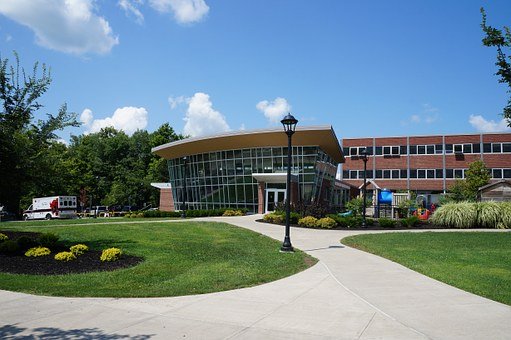A new report from the Federal reserve bank of New York indicates that 40 percent of higher education graduates are underemployed, meaning they are not working in their fields of expertise. Moreover, 12.5 percent are earning $25,000 or less annually, which is far from the threshold that a graduate should earn.
Vast gaps in wage outcomes
In his research, Bob Moesta sympathizes with the students who take on student loans for higher education but do not finish their education as they are worse off than if they had attended college. The real dilemma is that many students are not earning valuable degrees and this leads to vast gaps in wage outcomes.
From the perspective of the consumer, new evidence is coming up for the value of higher education. Information from Strada Gallup indicates that approximately 35,000 adults agreed that 20% of graduates felt that their tertiary education was worth the cost incurred and also made them feel inadequate while scouting for jobs.
The type of education that students pursue is expensive and it has no guarantee for great returns in the future.
Lack of confidence by education consumers poses a huge threat to many Americans who lack alternatives towards preparation for a rapidly changing work arena.
How can stakeholders boost consumer confidence in higher education?
Consumer confidence can be boosted by arming learners with adequate information about the courses they choose to undertake. This broad initiative will enable students to make better decisions about the courses they undertake and also helping institutions to tailor their programs to help meet the particular needs of consumers.
Evidence shows that higher education consumers value a course’s relevance and ability to get absorbed in the job market. They also value expert advice from work stations. Education stakeholders are beginning to understand the perception of education consumers, summed up with their anxiety about their futures.
The first step towards meeting learners’ needs would be developing the necessary infrastructure and the framework to build post-high school institutions that are accountable.
This operation will create a winning environment for learners, learning institutions and employers.
Featured image credits: Pixabay







